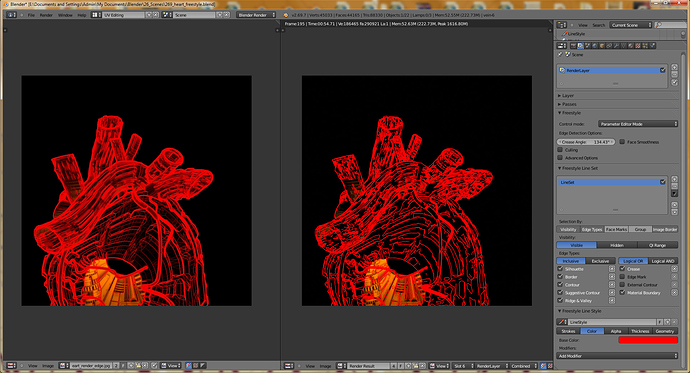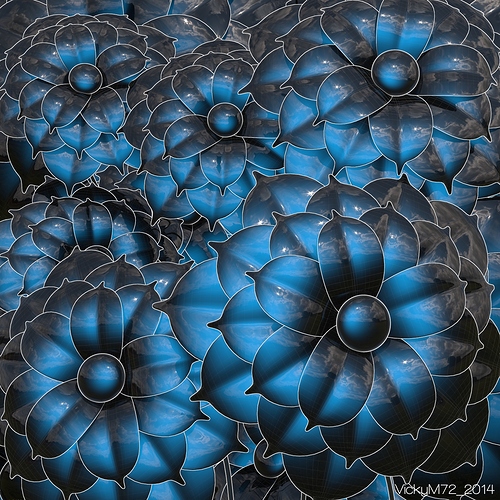My first (uploaded) Cycles render was August 2011, and I was really excited about it at the time, and truthfullly, still am (just need a bit of a faster PC, but that’s another story, and no fault of Brecht’s of course). I also understand the difficulties that people have apparently had trying to integrate it into BI, but I’m coming from C4D that has it in their regular engine. Sure, without being knowledgeable about code, I could (and did) easily say, “why not Blender?” Obviously it’s harder than it seems, and probably will never happen, and I have accepted that fact. I joke about Cycles a lot, but I use it more than most, I just wish the materials worked like BI in the Properties panel, just like every other engine in the universe. I know they do, but it’s a lot easier to use the nodes, although I am using the word “easily” quite loosely. I mean come on, in YafaRay for instance, I can add a color, bump, and spec, right on top of each other right in the Properties, and then adjust the mix, in no time at all. My problem is with the node-based materials, not Cycles, and certainly not GI, but hey that’s just my personal preference. I know you love playing with them, and that’s all fine and good, but I don’t.
My latest dining room, I spent more time test-rendering simple materials than I did setting up the entire scene. I make things often, and it just seems I spend more time on stuff that should be easy rather than concentrating on the picture itself, especially when I am lost in a spider web of nodes. If you ever make a complicated scene, you will see what I am talking about. You got a little beaten up in your SSS thread, and I felt for you, but you had a billion nodes that essentially did absolutely nothing, and that was just for the skin on your dragon, and not the eyes, tongue, teeth, etc. or any other part that you would have to construst nodes for. If this is the way of the future, I guess I’ll have to get more into them, but Cycles isn’t the only engine out there, and certainly not the fastest at the moment, far from it. Hope you see what I’m getting at here, and no offense is meant towards Brecht, Cycles, you, or anyone else, it’s just my preference as a highly active artist.

 I doubt they would hold up with some real lighting, you’d either have to take some nodes away, or add about 50 more XD. Nodeland is not where I want to be as an artist, I feel I am getting away from my actual picture that I had envisioned by hooking crap up for two hours instead of focusing on the art as I should be.
I doubt they would hold up with some real lighting, you’d either have to take some nodes away, or add about 50 more XD. Nodeland is not where I want to be as an artist, I feel I am getting away from my actual picture that I had envisioned by hooking crap up for two hours instead of focusing on the art as I should be.



